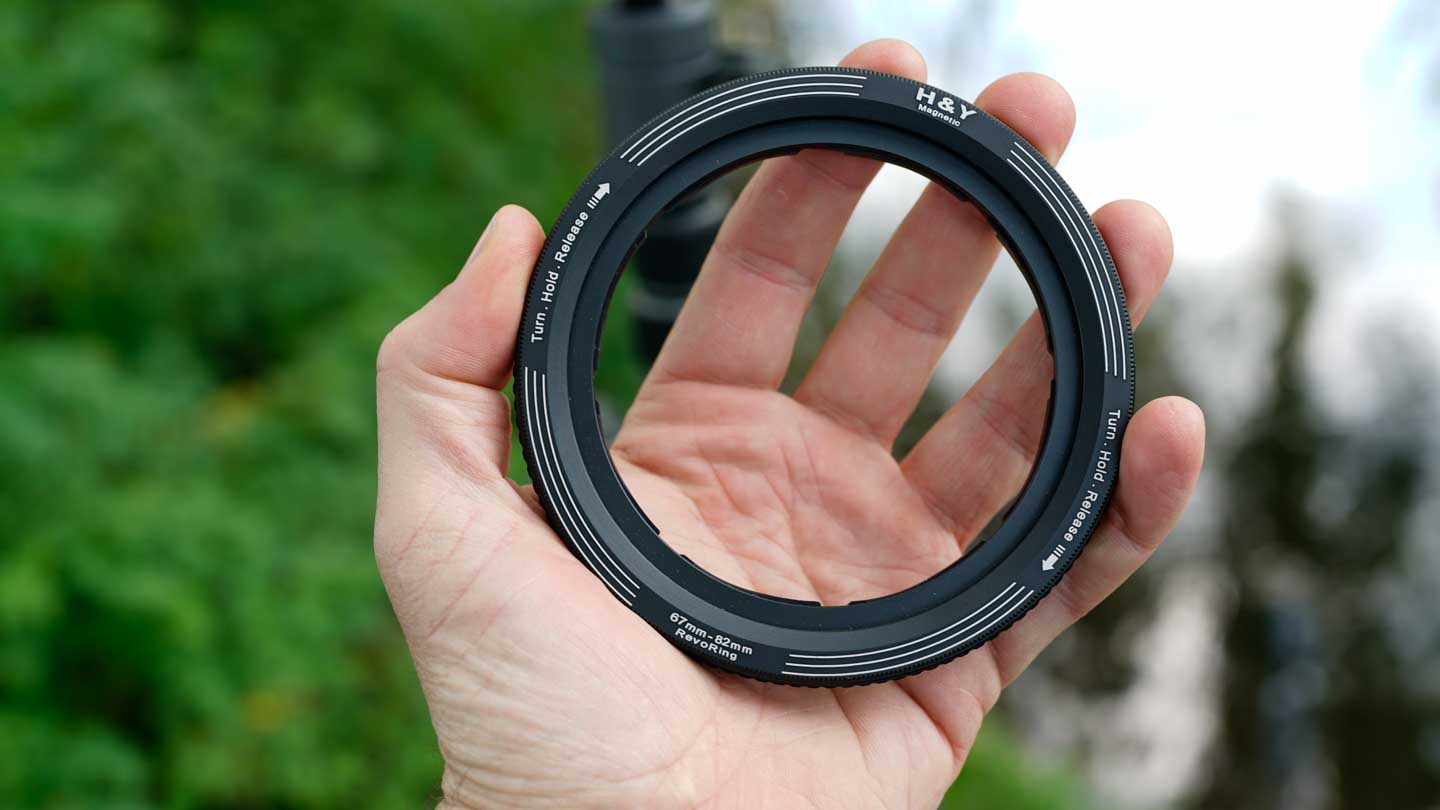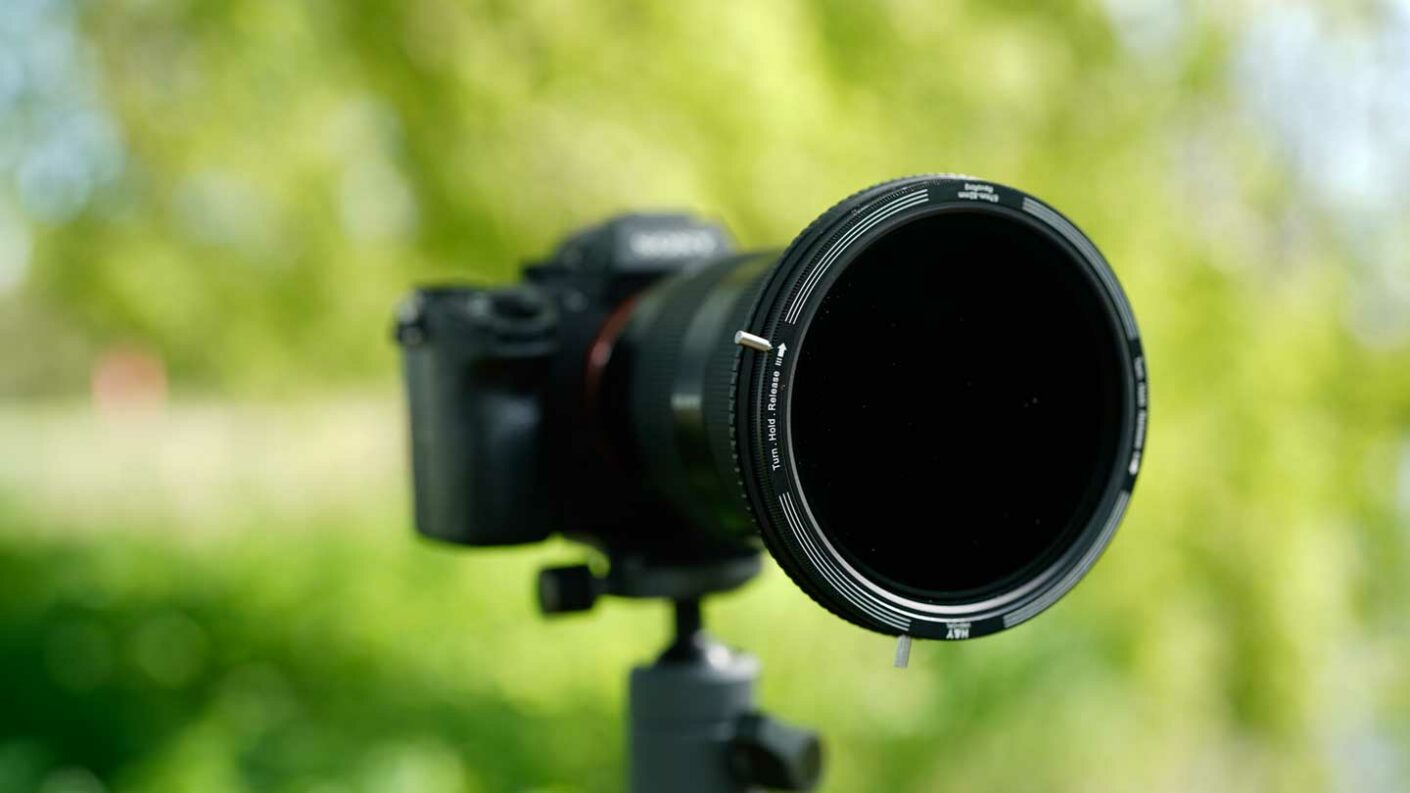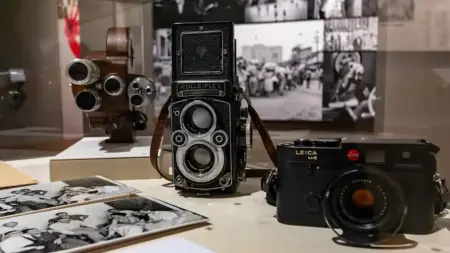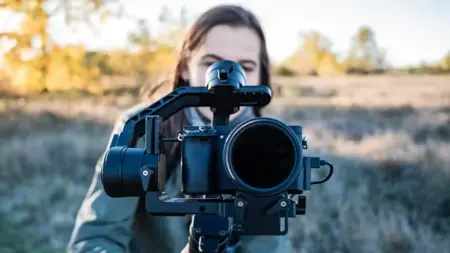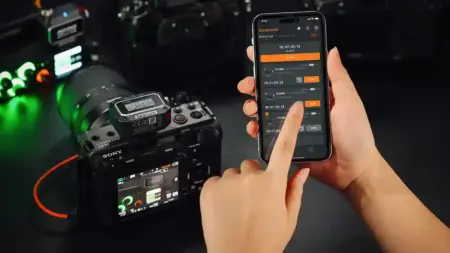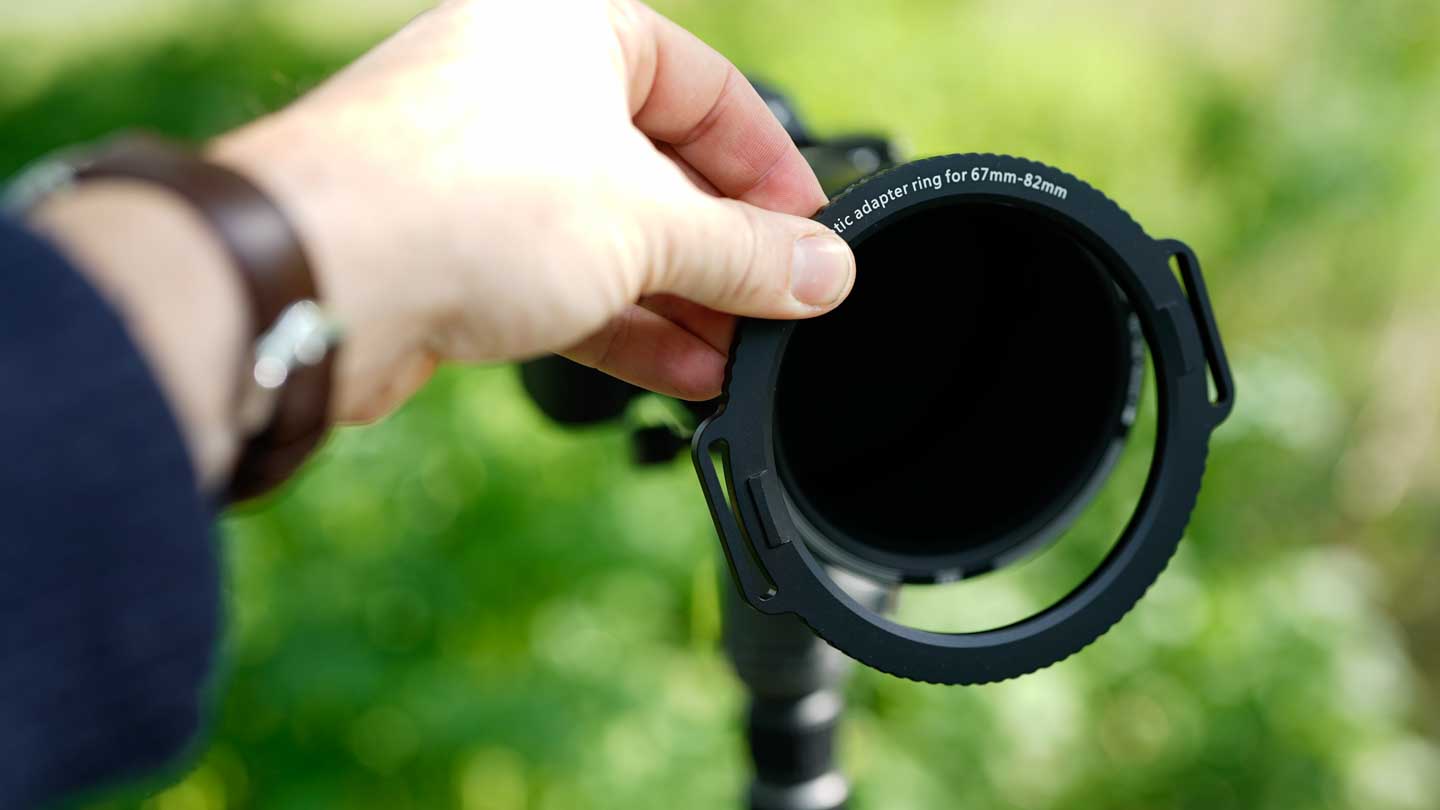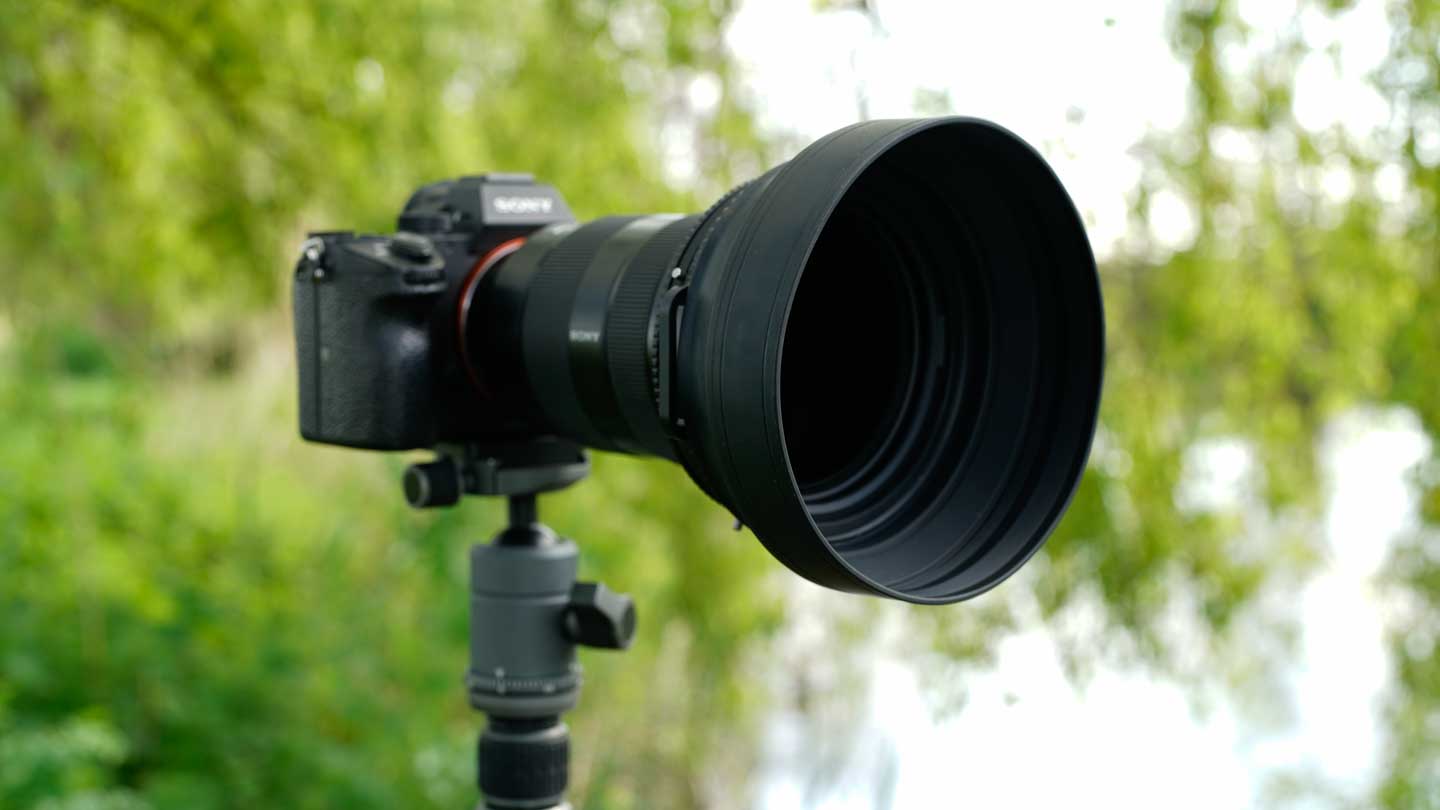The REVORING Swift system is designed to make life easy for image creators, be that stills or video, so when it comes to performance, I had to consider if this magnetic design is a benefit to the filter system or just a gimmick.
Thankfully I’ve had a good amount of time with the REVORING Swift system before its launch and have used it of quite a few shots, mainly video. Due to the time of year, there’s not much need for a CPL or VND when the skies are generally overcast when it comes to photography.
Used for video, the all in one VND CPL were a huge benefit, and the fact that the REVORING fits diameters with a size between 67 and 82mm meant that swapping between each lens was a quick process. I didn’t realise quite how time-consuming the process of unscrewing filters can be.
What’s more, I can use the same filter system on every lens. I use Sony fixed and zoom lenses on the A7 series and FS7 cameras; I’d like to go Cine, but the budget doesn’t allow. This means that all my lens diameters are different, 82mm for the zooms and a. complete mix for the fixed. Usually, this means I have to dig around for the step-down rings, often discover I’ve overtightened an adapter and ultimately, swapping filters is never the quick process you think it should be. Herewith the REVORING, it is; it takes seconds.
Once the filter you want is in place or dropped in, the rubber lens hood is clipped on, again no lining up or lugs, and off you go. At this point, if nothing else, you’ll save yourself a good five minutes not having to worry about screwing in and out filters.
Next up is the actual use of the filters and hood. In this review, I’ve focused on three components of the wider system.
REVORING Variable ND+CPL
This is the adapter filter combo, I found that it worked well and did the job intended but at the same time, you need to be careful about how far you push the effect.
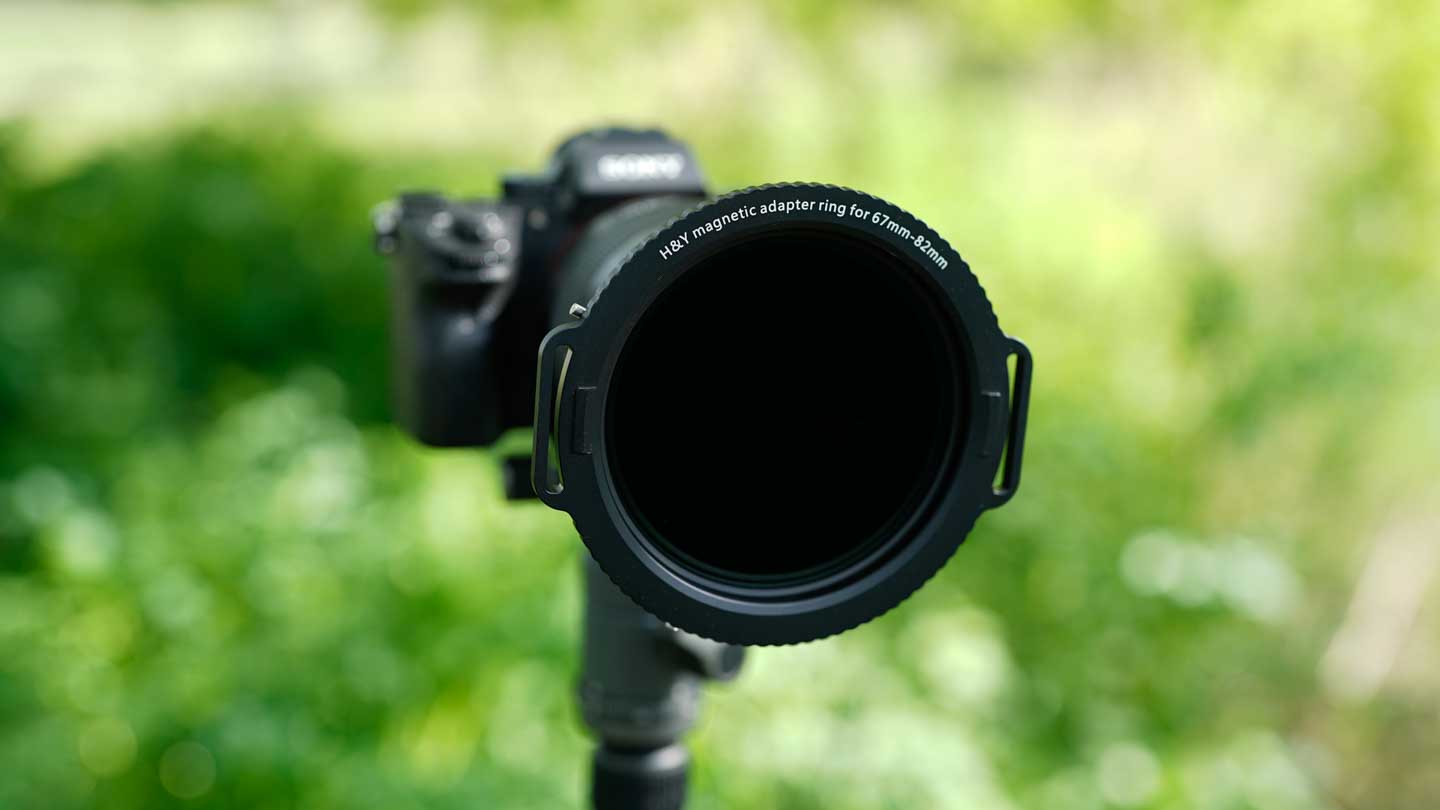
The CPL colour cast can be quite intense, especially for longer exposures, and then mix with the polariser can get some interesting effects. Used for the video you don’t tend to push the effect too much, but for stills and long exposures it could be difficult to strike a balance.
The other issue was the chromatic aberration that really highlighted in blue around high contrast areas on long exposures. Again keeping the filter in check was essential for good results.
When it came to us, the filter was well thought out. Once in position, the VND front ring rotates smoothly with light resistance, and the rear CPL rotates smoothly but with a little more resistance.
Overall the adapter with build-in VND and CPL worked well, but you do need to be careful that you don’t push the effect to far.
Drop-in MRC ND8 CPL
I love the drop-in filters, and with the standard REVORING attached to the front of the lens, the drop-in filter adapter can be attached. The CPL is then dropped in, and the effect can be adjusted with the large metal wheel on the side.
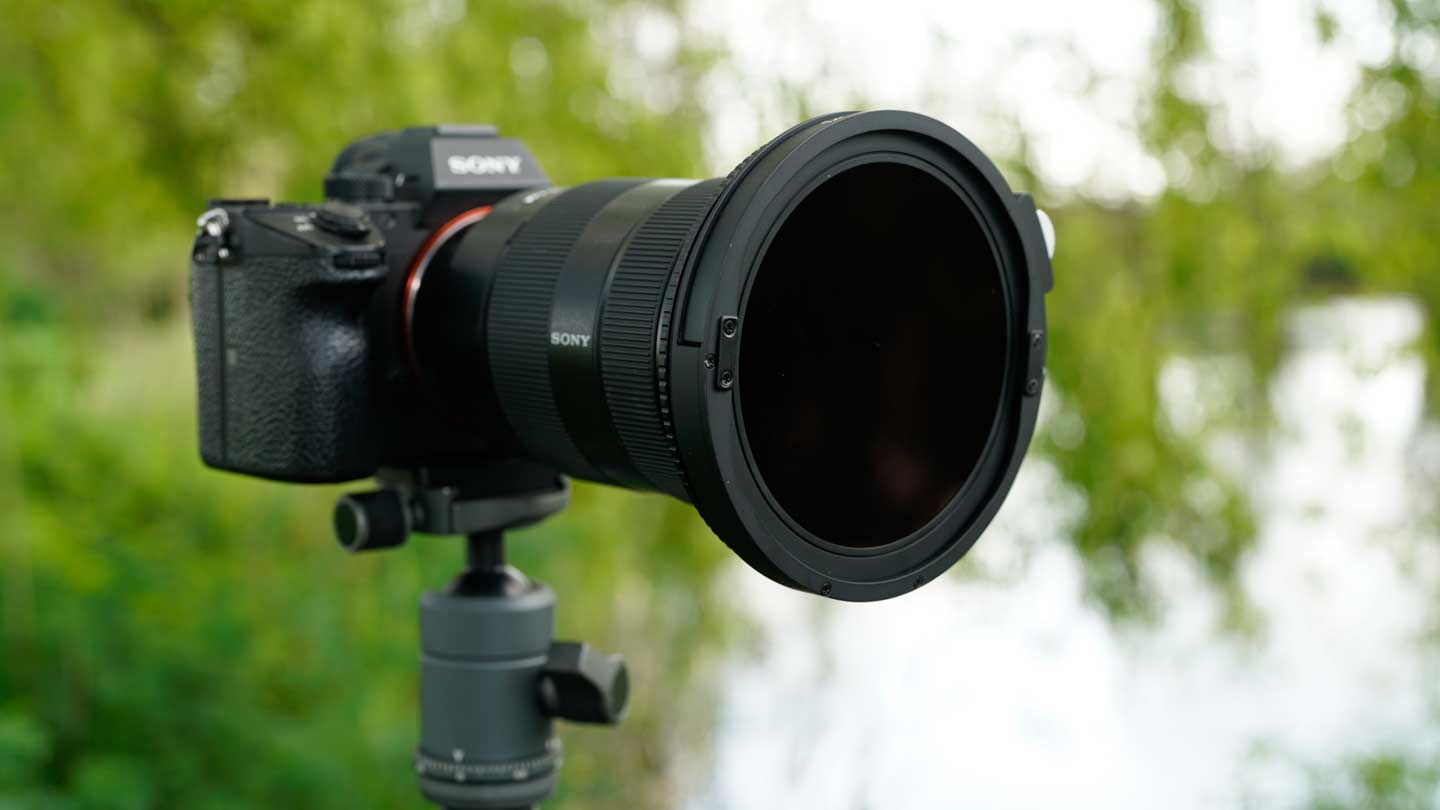
There’s a little bit of rattle in the filter once it’s in place, but this has no real effect on the actual quality or use of the filter. Rotating the wheel and the filter rotates easily, although it’s not as smooth as some other systems with a similar mechanism that I have come across. I’d go as far as to say it’s a little rough.
The noise from the rotation is enough to be picked up by any mics close by, so this should be adjusted and set before the film starts rolling or you hit record.
In use, aside from the noise it creates, the effect is good; this is a CPL with some thought and helps reduce reflections and kick out cloud detail and contrast well.
Again there are a few issues for stills photographers using large-diameter wide-angled lenses as the edges of the filter holder can appear in the frame. I used the filter with the large Sony 24-70mm f/2.8 and at 24mm you could just see the holder in frame, however, used for video the 16:9 aspect ratio crops these corners out.
REVORING Rubber Hood
I like the rubber hood; it’s relatively large and securely attaches to the front of both the drop-in filter adapter and the REVORING with VND and CPL adapter with strength.
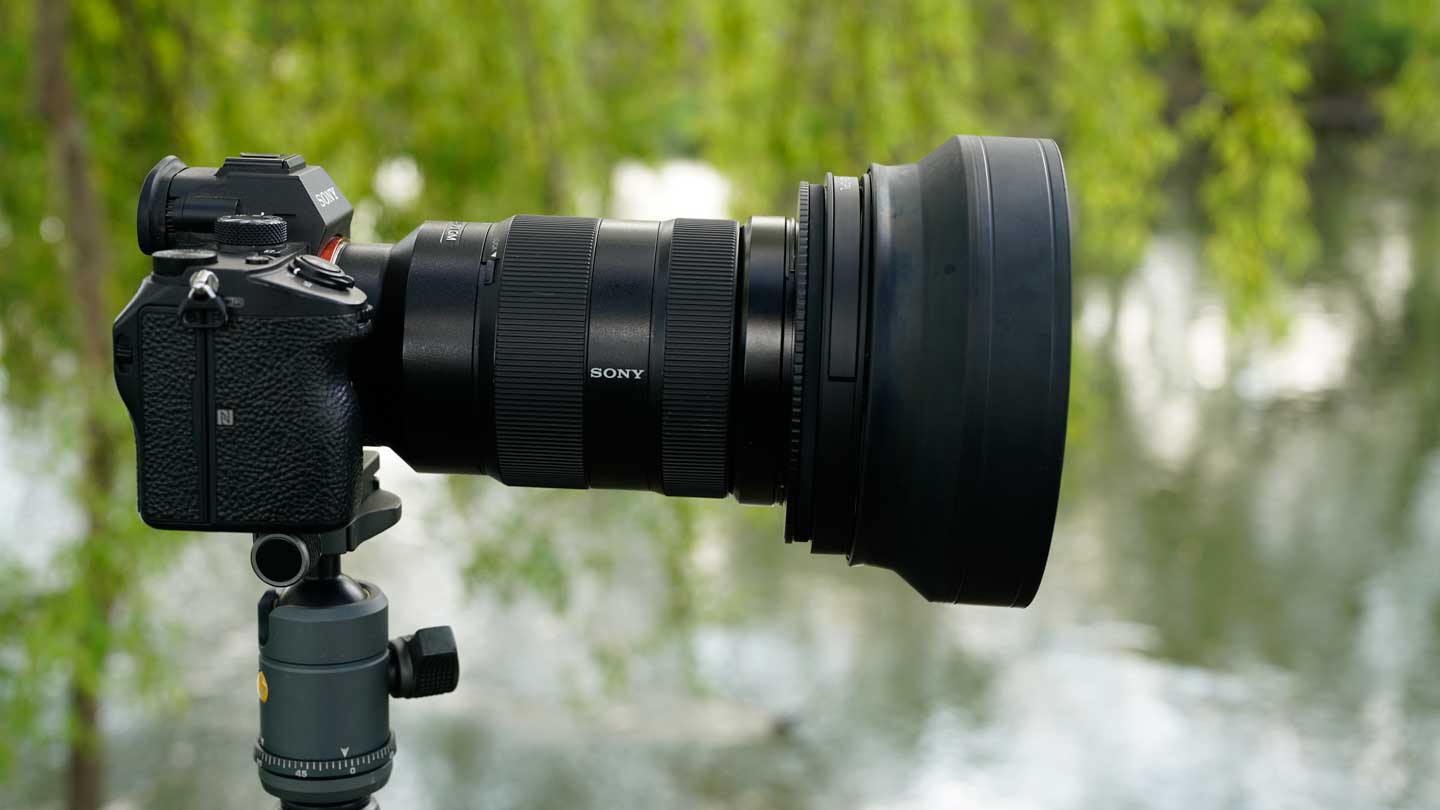
Once in place, it helps to reduce any flare that might want to affect the quality of your images and matches the quality of the rest of the system.
The rubber hood is more than a simple extra. With the filters and holders drawing the glass further away from the lens’s front element, there’s a greater likely hood that you will suffer from the flare. However, this hood will almost eliminate that worry, so it is a worthwhile addition.
